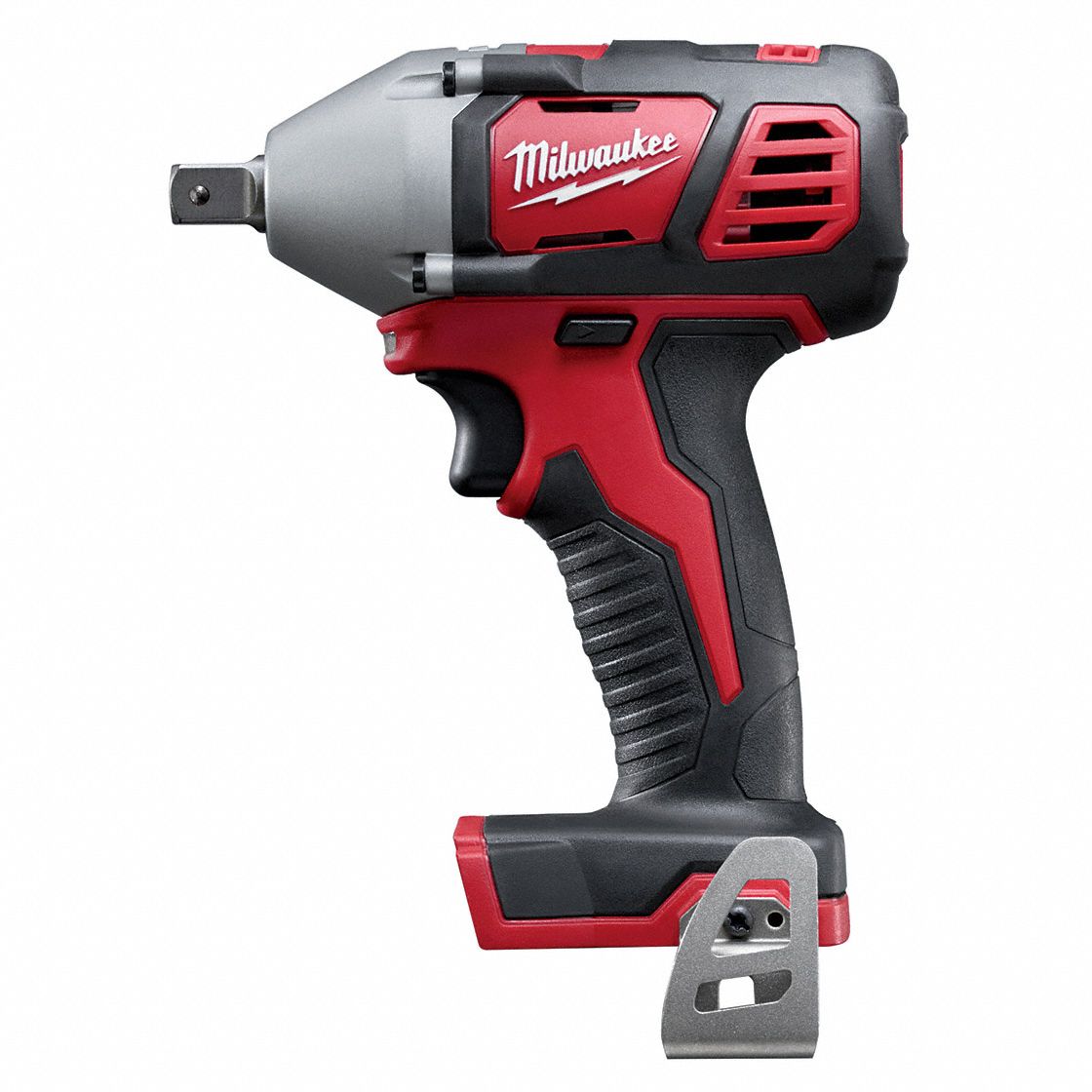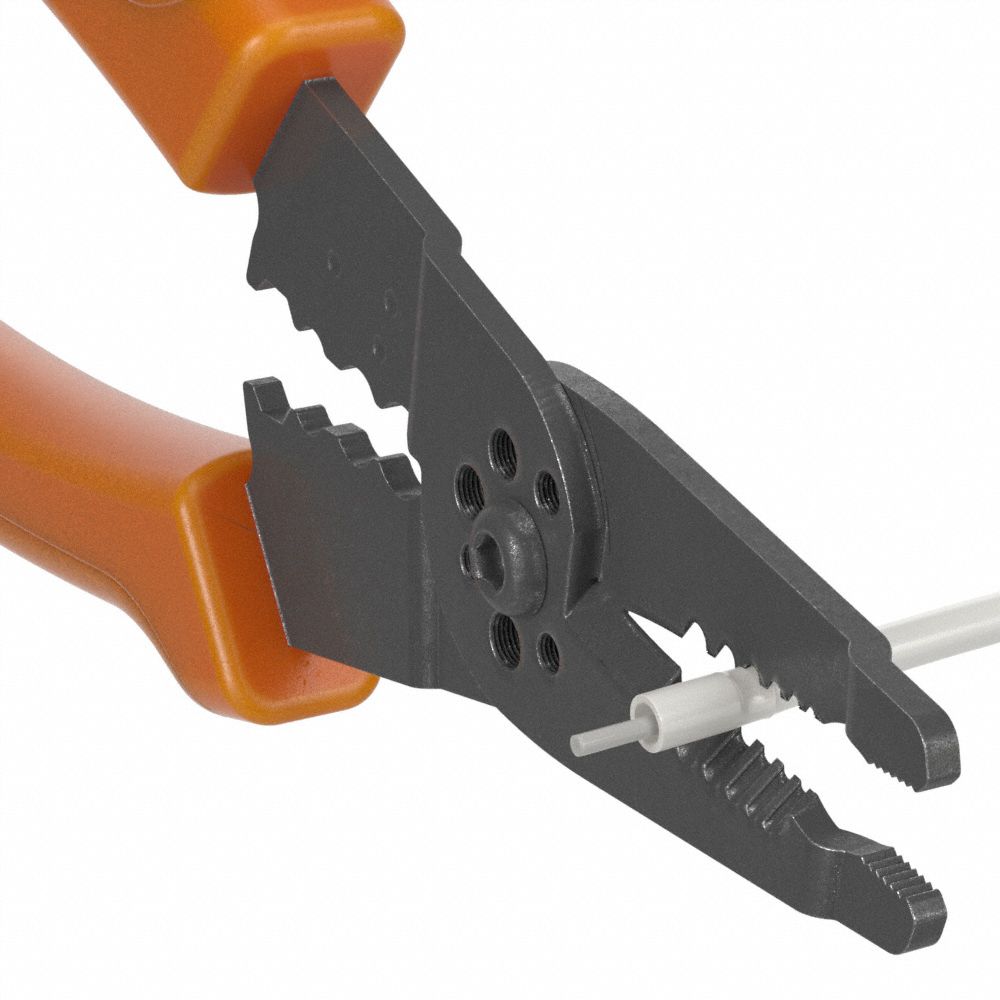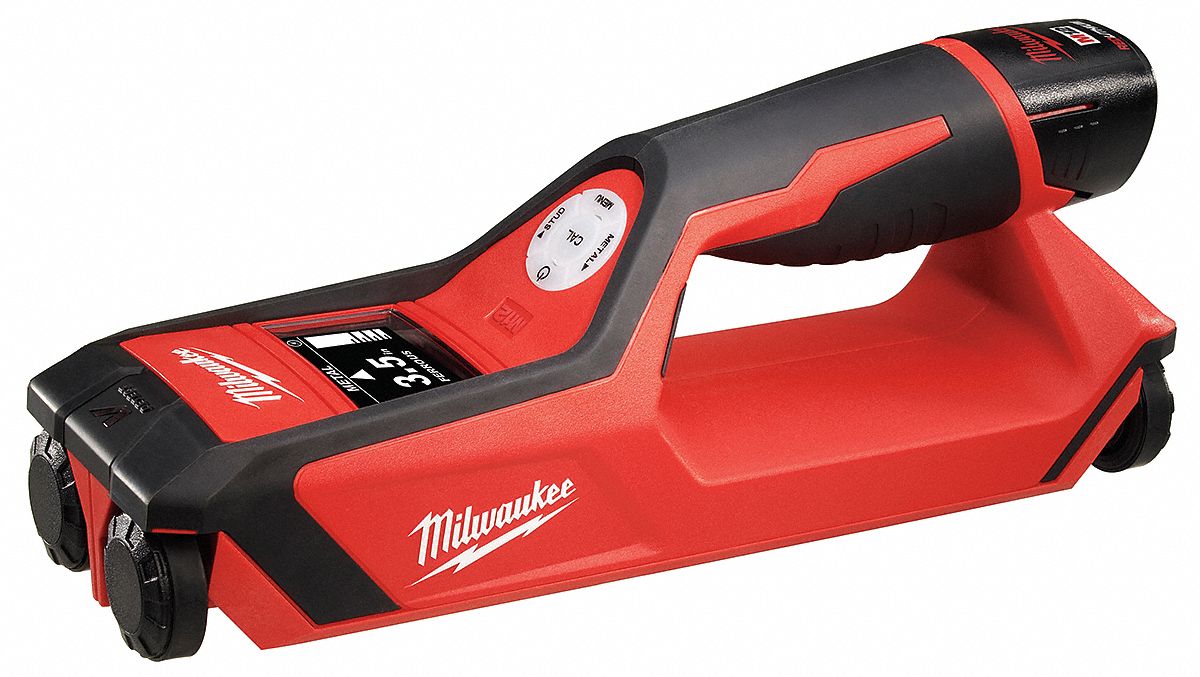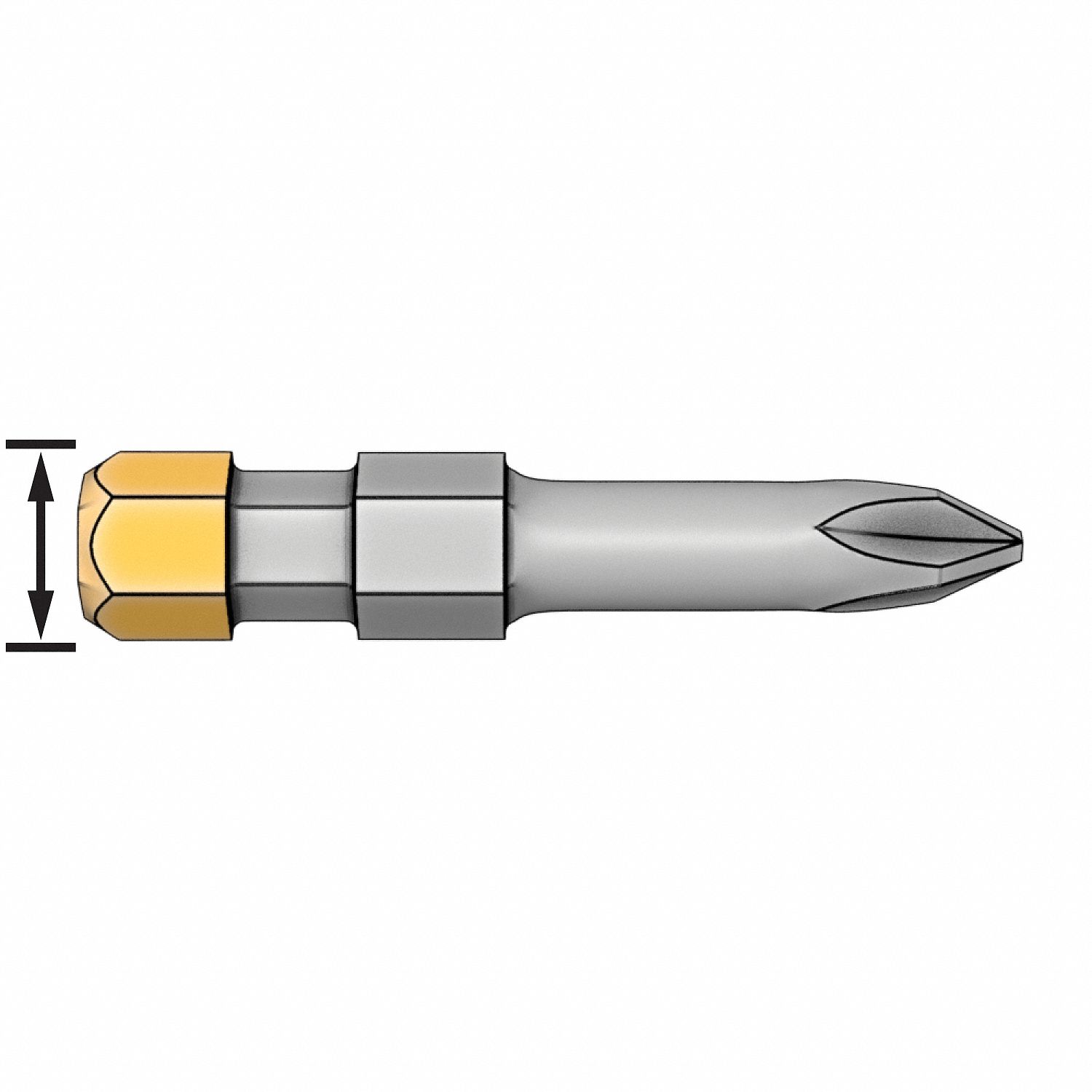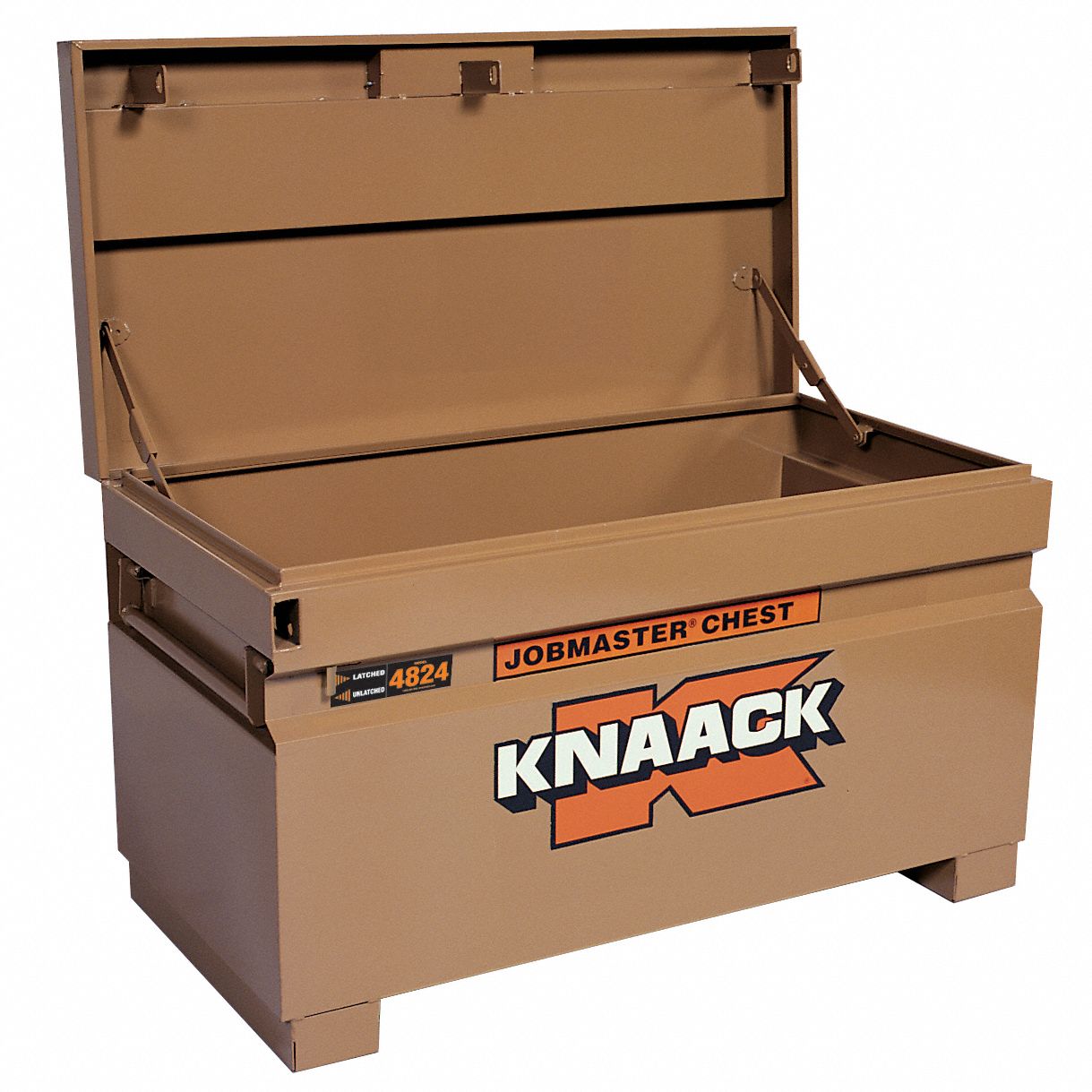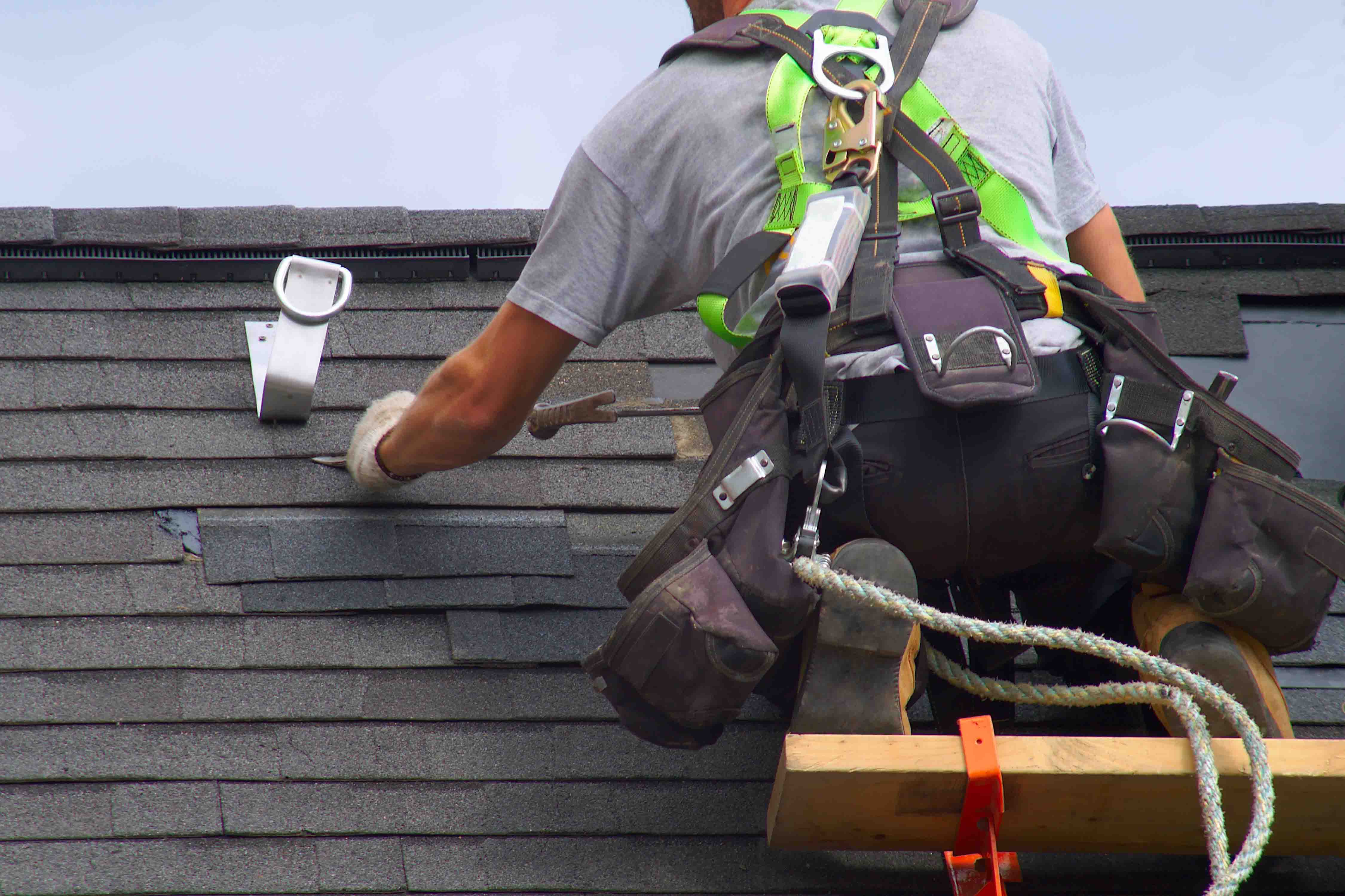

Overhead and Overlooked: Factoring Roofs into Your Regular Maintenance Plan
By Grainger Editorial Staff 1/17/20


Roofs and ceilings protect us from the weather, keep interiors warm and dry and support the entire facility. Yet, sometimes roofs aren't included in regular inspection and maintenance plans. An unmaintained roof can collapse or leak, a safety issue that threatens your building occupants, your employees and the bottom line. Missed roof maintenance can also be costly, impacting your energy bill when heat leaks.
Making roof maintenance a key part of your facility's maintenance plan can help prevent common roof issues, including leaks, energy waste and cave-ins. Below are tips for inspecting the integrity and sustainability of your roof.
Create a Roof Inspection Plan
Roofs and ceilings need an action plan. Most commercial roofing solutions are designed to last for decades, but many roofs are replaced prematurely due to lack of upkeep and repair. Replacing a roof can also cost more than regular maintenance and repair. Your facility can beat the odds by creating a plan that emphasizes frequent inspection and fast repair.
Not all plans can address every potential issue before a roof emergency strikes. Inclement weather and leaks can occur without notice, requiring immediate attention. To get ahead of unpredictable roof emergencies, your plan can emphasize two key areas: preventive maintenance and rapid response.
The types of preventive maintenance needed for your roof depend on the type of construction and age. Even seemingly low maintenance roofs like steel roofs require care to prevent water intrusion and rust. Just because a roof is new does not mean that inspection can be skipped, as water and undiscovered damage can compromise an entire roof rapidly.
Preventive roof inspection and repair typically focus on areas prone to water leakage, failure or weather damage. According to Travelers Insurance, areas such as flashing, perimeters, drains and any areas with standing water should be priority targets for inspection. Support structures inside should also be inspected for cracks or rust, and immediately repaired. During periods of inclement weather, particularly in the summer and winter, inspection should focus on finding roof damage before it can compromise the roof structure. Hail, snow and wind can remove tiles and coverings or drive holes through the entire roof surface. Unexpected snow loads can also cause cave-ins and deformation.
When you find a problem, your plan should move into rapid response mode. Depending on the scale and severity of the issue, you may need to take steps as simple as prioritizing repair or as complex as shutting down the facility until repairs are completed. Preparing for emergency maintenance requires a list of the types of issues that your specific roof can face and the response needed for each situation. For example, a shingle roof damaged by hail but still watertight could be immediately repaired without the need to close the facility. However, a water leak may require a section of the facility to close while repairs take place. In the worst-case scenarios, structural damage to the roof structure or supports will likely require immediate closure and repair before workers can enter the facility. Making these known risks and responses part of your plan helps save time and reduce panic when your roof inspections uncover an issue.
Factoring in Replacement and Sustainability
Roof inspections offer an excellent opportunity to determine the service life of your roof or invest in sustainability as part of regular maintenance. According to the Environmental Protection Agency (EPA), the type of roof you install can impact your energy bill and create a significant source of waste if the roof is inefficient. While creating your maintenance plan, factoring in sustainability can not only protect the environment but also save money.
Roofs are designed to last an average of 10 to 40 years, and the lifespan of your roof will depend entirely on the materials, environment and the quality of its construction. All of these factors can more rapidly degrade a roof, making inspection a vital time to not only assess aspects of the roof but its entire construction. When multiple roof systems fail, or replacement becomes a constant job, replacement may be a better and more cost-effective option than roof maintenance.
Sustainability is also a benefit of roof inspections. Roofs play a role in energy conservation, and conditions such as insulation type and depth or even color can impact your energy use significantly. According to the EPA, uninsulated ceilings create heat islands that keep parts of the facility cold and other parts hot, forcing additional temperature control. Worse, heat can leak through roofing materials, wasting energy and money. When conducting roof inspections, assessing for appropriate and adequate insulation should be a high-priority task. Ensure that any insulation installed provides full coverage with no gaps and is suitable for the type and size of the roof. If insulation is missing, install it as soon as possible.
Roofs can also be made more energy efficient with upgrades that can come as part of regular maintenance. Cool and "green" roofs are compelling options for facilities to save money and reduce energy waste. Cool roofs resurface an existing roof with a white or reflective surface that reflects heat away from the roof. According to EPA research, this can in some cases reduce roof temperatures by as much as 50 degrees. Installation of a cool roof can be a simple part of your roof maintenance, requiring either a material covering or tiling on your existing roof. Green roofs cover the tops of buildings with plants and greenery that also work to reduce heat absorption and waste. However, installing a green roof on an existing roof requires a rigorous inspection to ensure that the roof can support the weight. Green roofs also have a benefit to the bottom line, according to the General Services Administration (GSA), covering the cost of their installation in energy savings in as little as six years.
Proactively maintaining your facility roof can significantly extend its service life. Get more information about roof maintenance and repair at Grainger roofing services.
![]()
The information contained in this article is intended for general information purposes only and is based on information available as of the initial date of publication. No representation is made that the information or references are complete or remain current. This article is not a substitute for review of current applicable government regulations, industry standards, or other standards specific to your business and/or activities and should not be construed as legal advice or opinion. Readers with specific questions should refer to the applicable standards or consult with an attorney.

